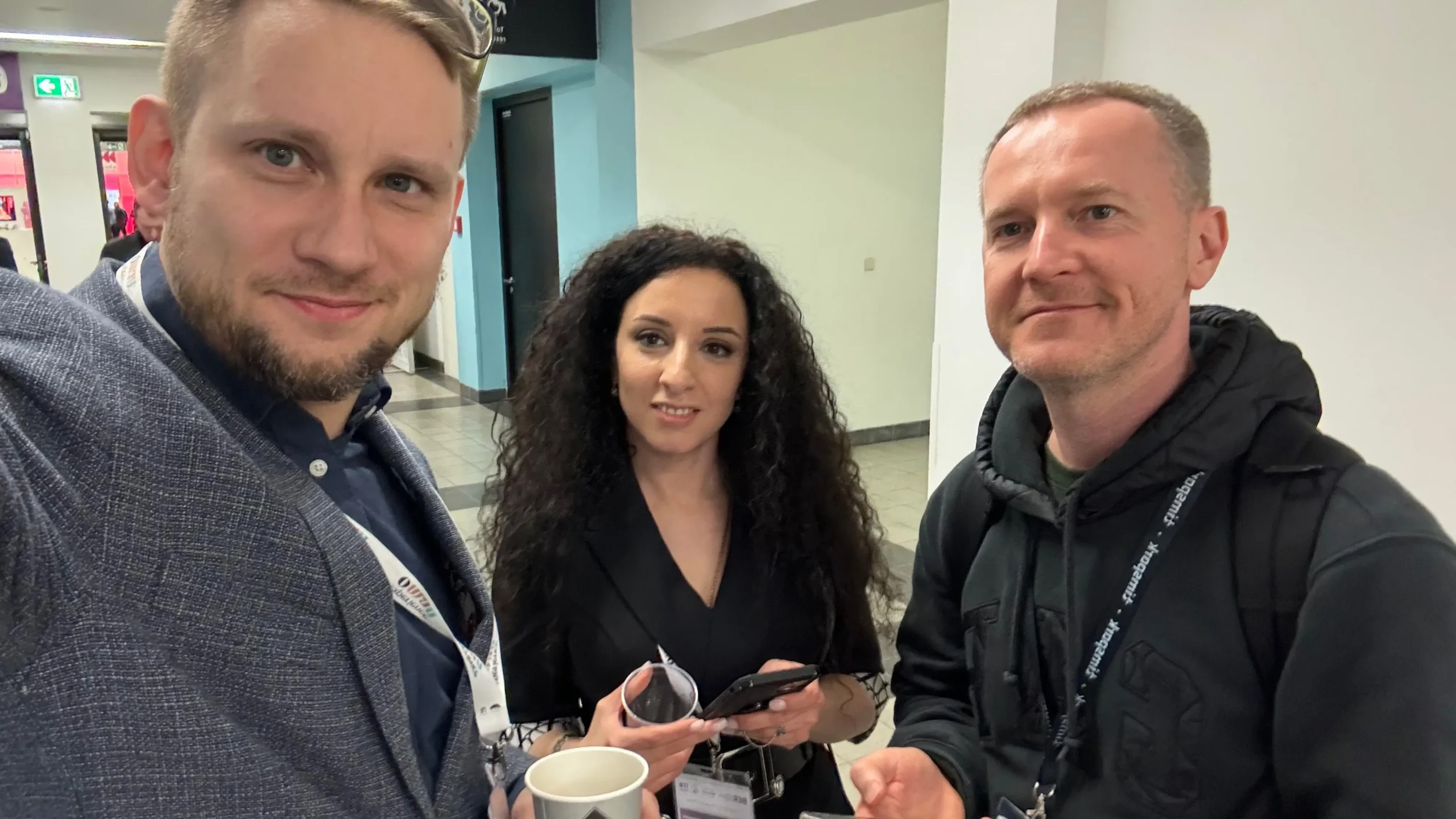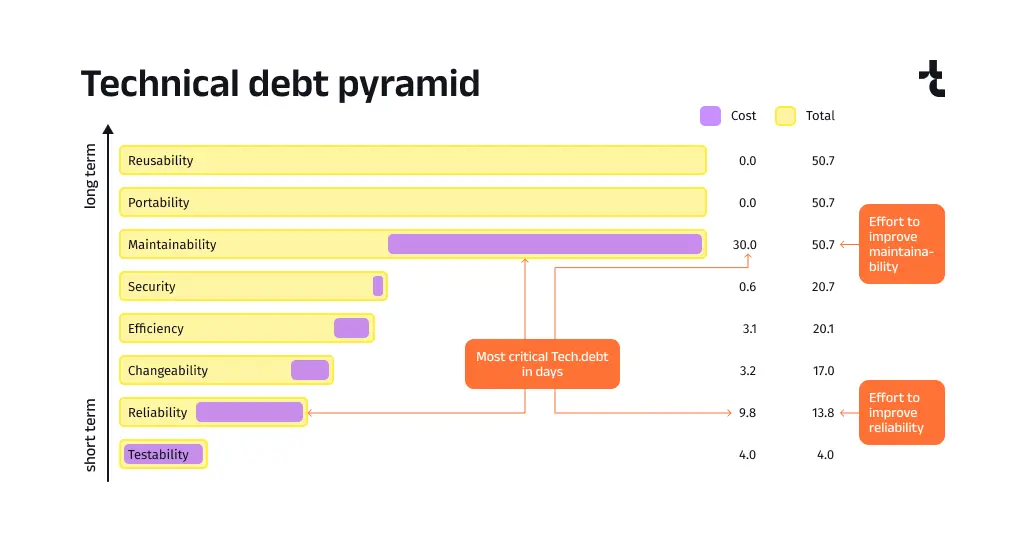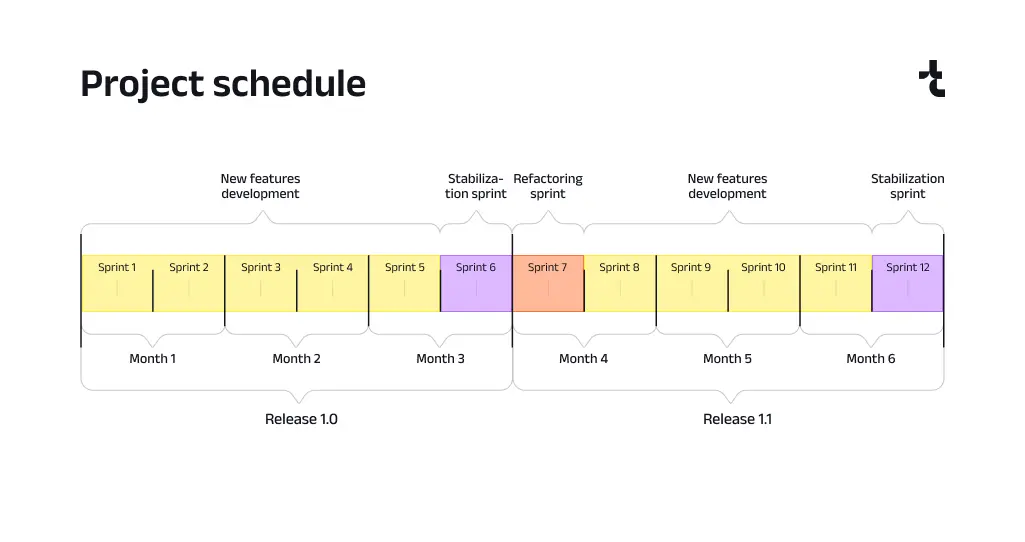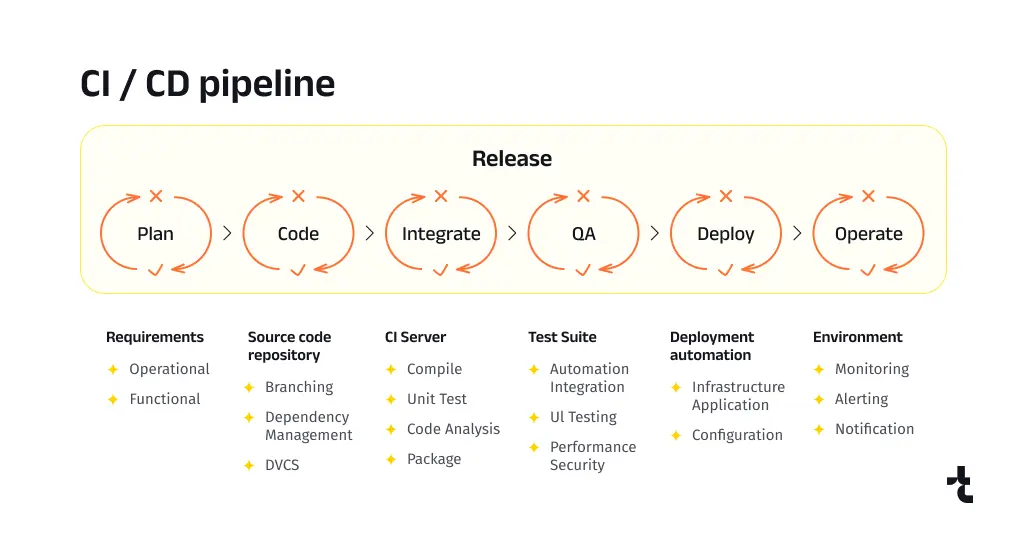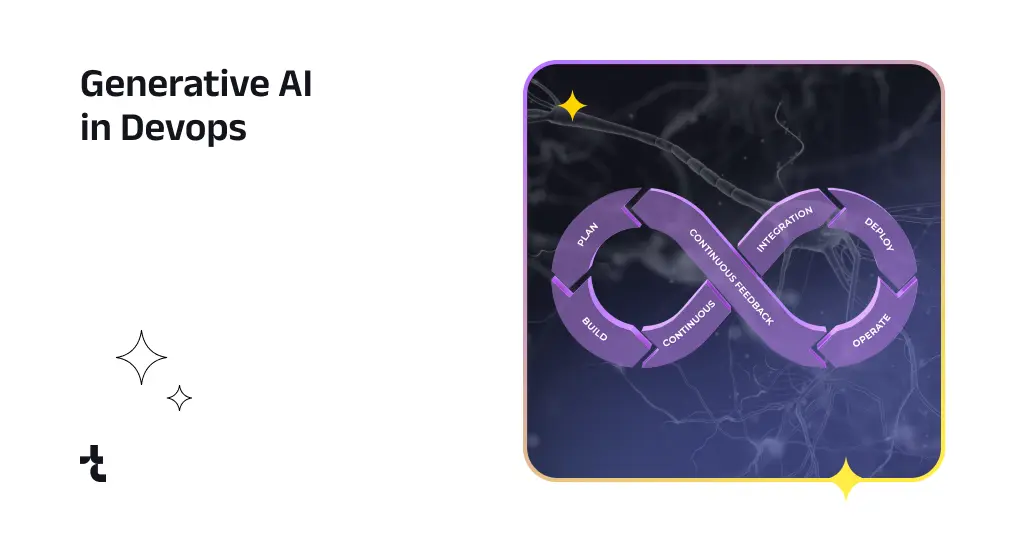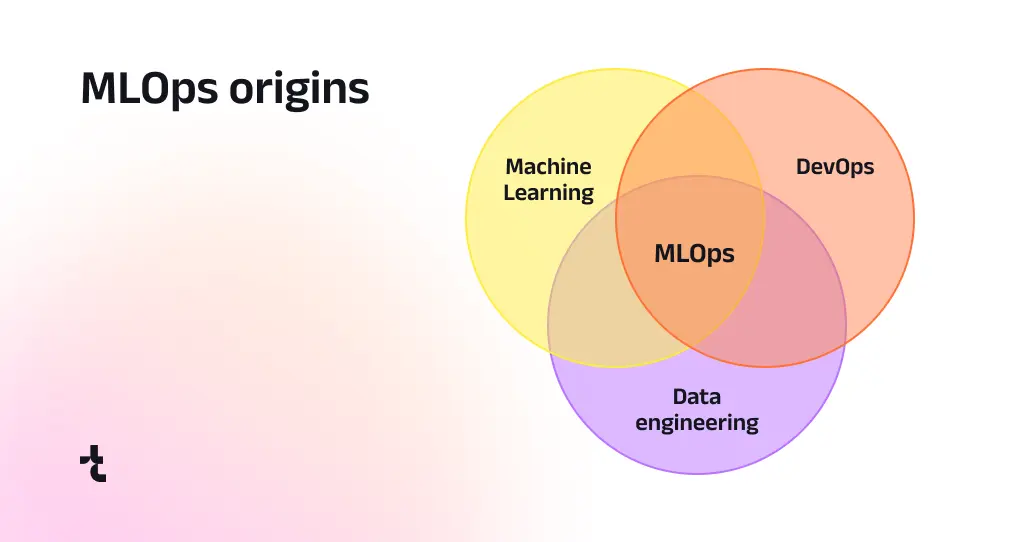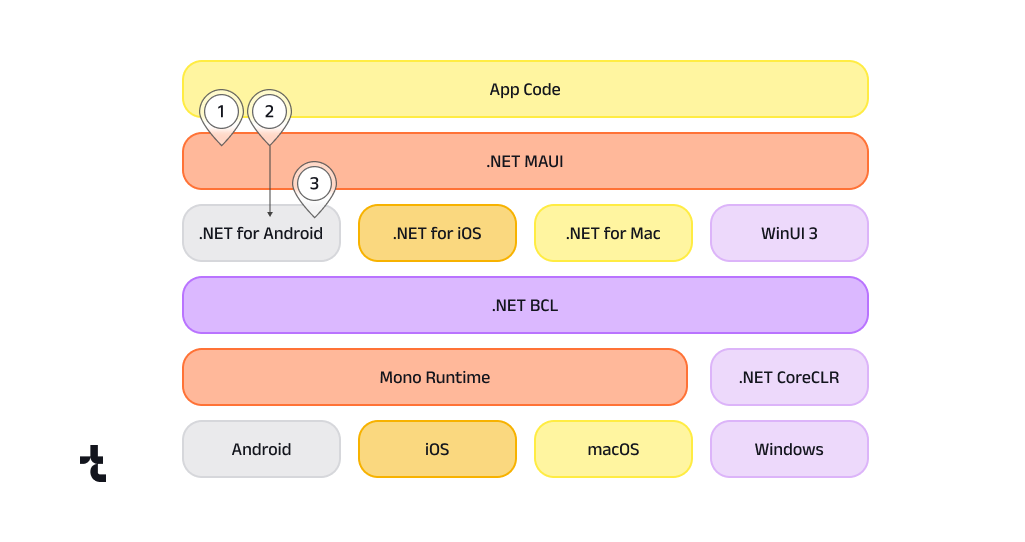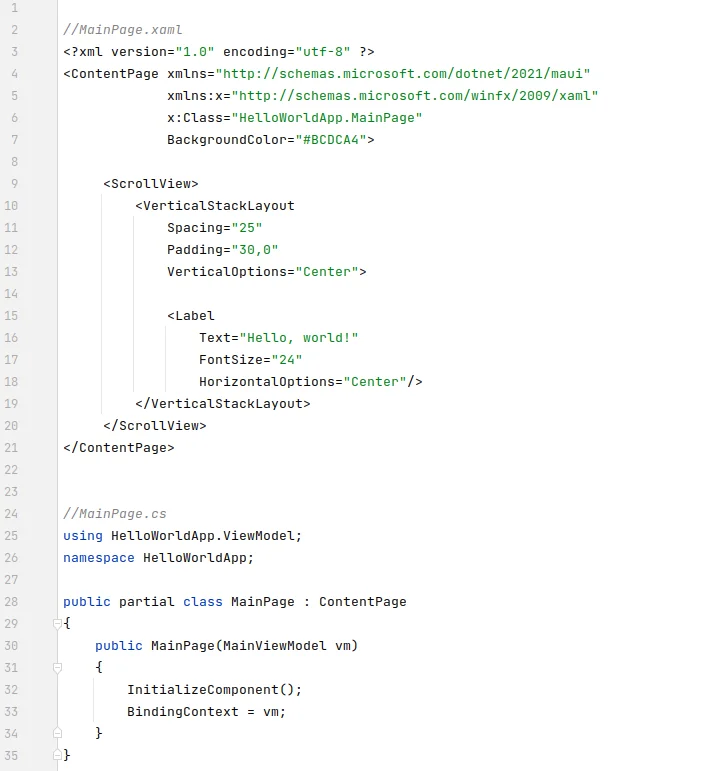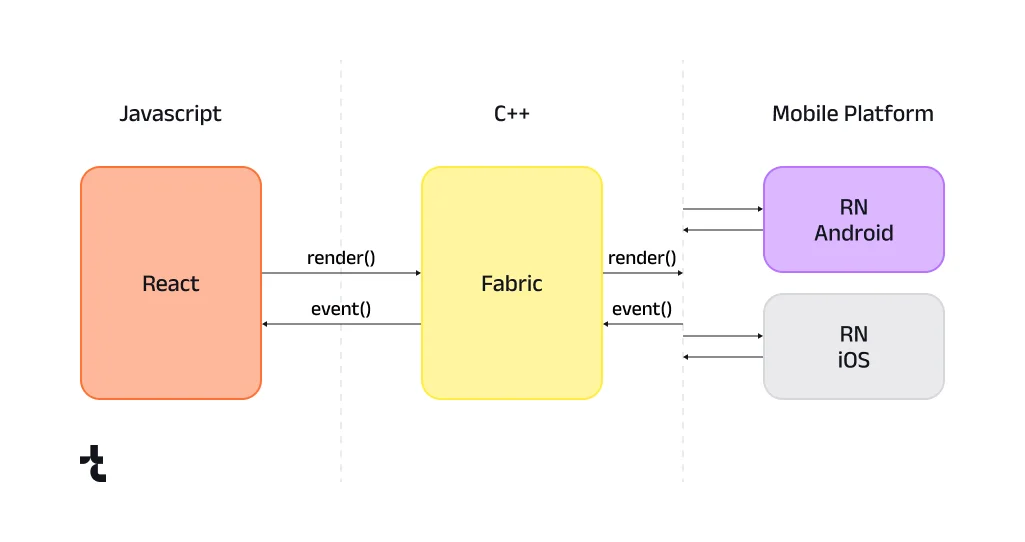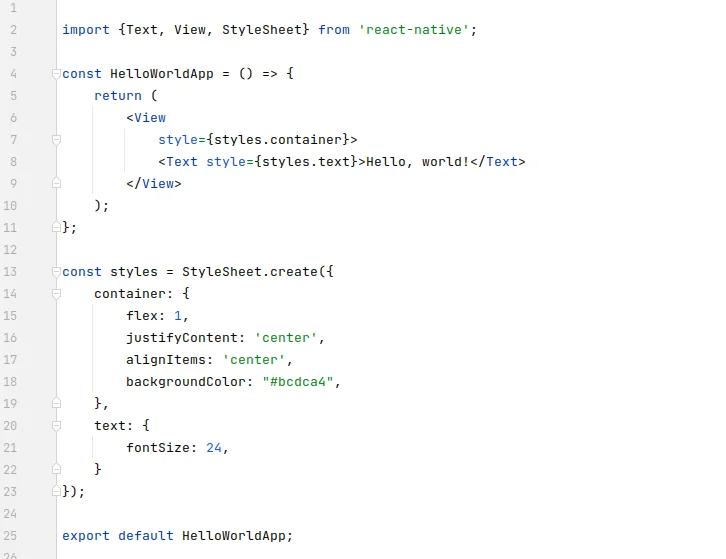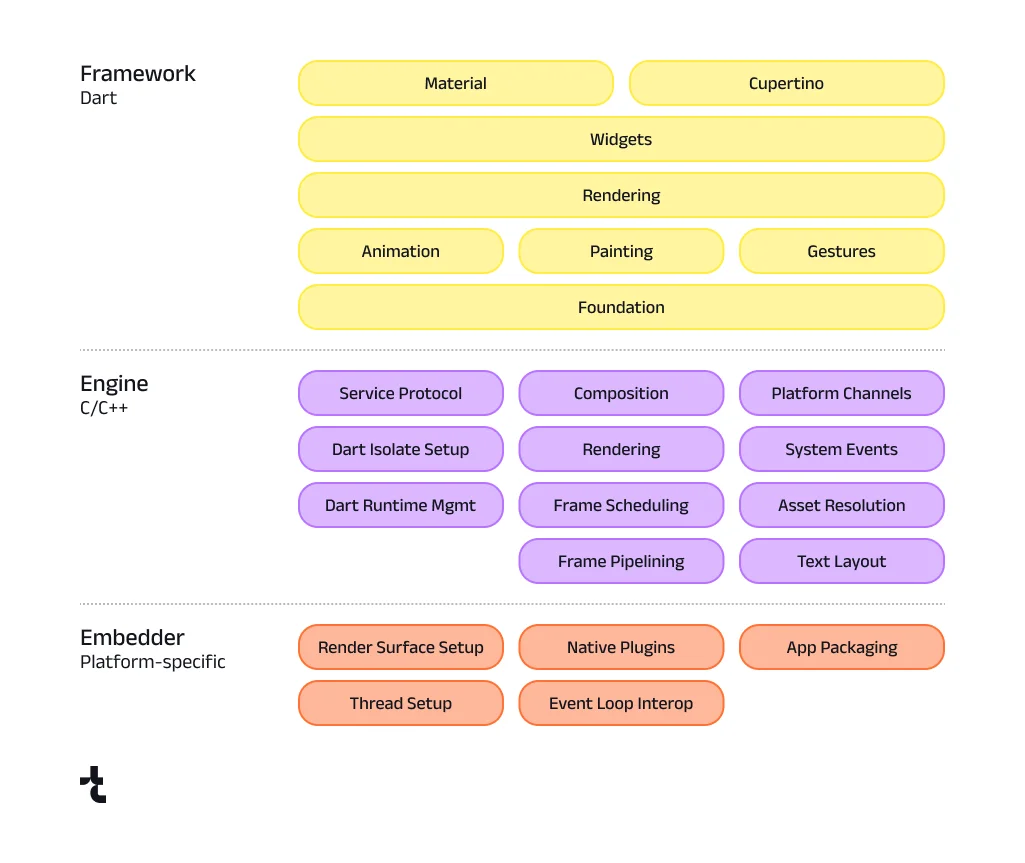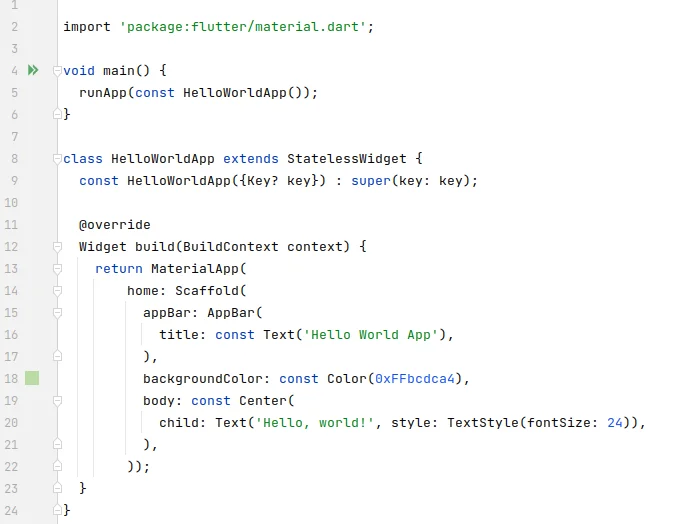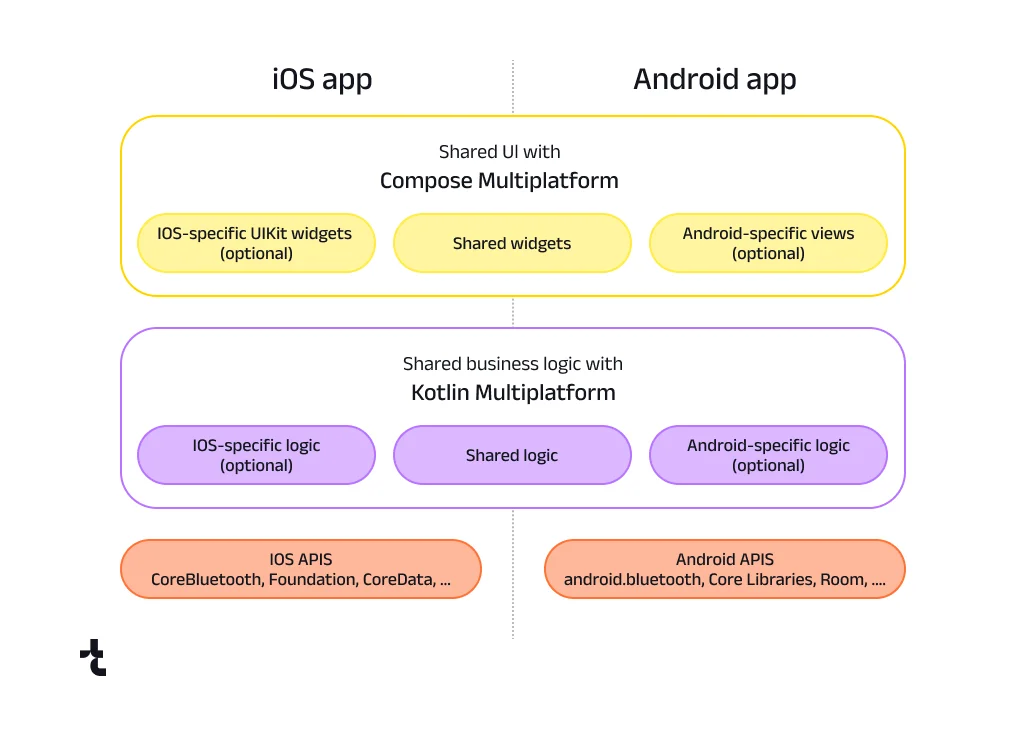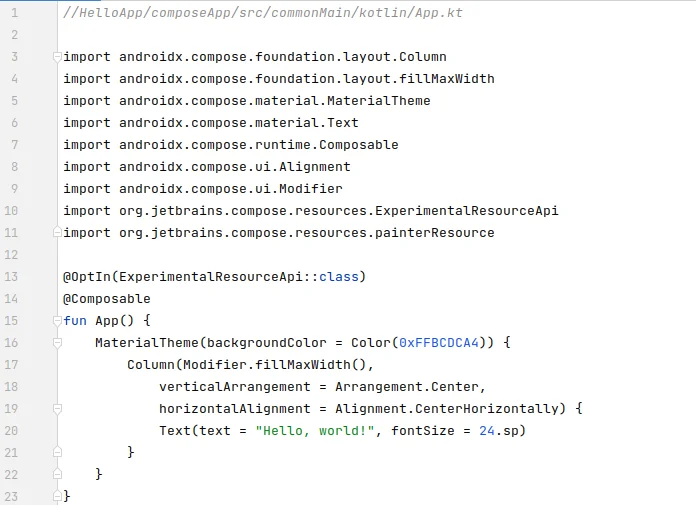Timspark’s Recap on Events in March: A Global Glimpse into Digital Transformation and Travel Innovation
March 2024 was a month of exploration and discovery as Timspark took an exciting journey through Berlin, Germany, and London, United Kingdom. These cities were not just geographical waypoints but bustling hubs of innovation and transformation. As we reflect on our experiences, we’re thrilled to share the insights gleaned from the three remarkable events that shaped our understanding of digital transformation and hospitality innovation.
1. Transform in Berlin
In the heart of Berlin, companies from various industries converged to explore the latest trends and technologies driving digital transformation. From March 6th to 7th, Berlin became the epicenter for discussions on the future of businesses. The event, which focused on the digital transformation of companies, offered a platform for experts to share insights, strategies, and innovative solutions.
Whether it was adopting cloud technologies, implementing advanced data analytics, or taking advantage of artificial intelligence, we gained invaluable insights into how technology is reshaping the businesses we used to know.
The live premiere of Work & Culture sparked enthusiasm on the Conference Stage. It initiated discussions around the role of AI in the workplace. Birgit Bohle from Deutsche Telekom kicked off the conference with a thought-provoking question:
‘Is AI taking over now?’, Birgit Bohle, Deutsche Telekom
Incidentally, we recently conducted an interview with a prominent AI consultant, Carl Eidsgaard, who addressed this very concern. According to Carl, while AI is undoubtedly advancing, it has yet to surpass human creativity and intelligence.
Going back to the event, it featured innovative formats like digital experience labs, master classes, and management briefings. We must admit it’s an effective way of facilitating participants’ understanding of digital transformation trends and practical solutions to their company challenges.
Finally, one of the key themes that emerged from the event was the importance of agility and adaptability in the face of rapid technological advancements. As companies navigate the complexities of digital transformation, the ability to innovate and pivot becomes essential for staying competitive.
2. Tech Show London
Over two days, Tech Show London brought together more than 14,850 industry players. With 300+ exhibitors showcasing the best in tech, attendees had ample opportunities to explore innovative solutions for their businesses.
At Tech Show London, Timspark unlocked unparalleled value with a single ticket granting free access to five industry-leading technology shows:
- Cloud Expo Europe
- DevOps Live
- Cloud & Cyber Security Expo
- Big Data & AI World
- Data Centre World
The event featured world-class experts from organizations of all sizes and key industries. Speakers such as Christina Scott, Tom Read, Bernardo Mariano Junior, and many others shared their knowledge, experience, and success stories.
At the Mainstage Theatre, groundbreaking visions for the future took center stage, with keynote speakers delving into pressing topics:
- Policy and tech strategy
- Workforce dynamics
- Leadership
- Sustainability
- Diversity and inclusion
- Artificial intelligence
- Cybersecurity, and beyond.
We were enriched with inspiration and invaluable insights from visionary leaders worldwide. From cloud computing to cybersecurity, our team had the opportunity to explore a diverse range of topics shaping the tech landscape. As organizations increasingly rely on digital infrastructure to drive growth and innovation, events like Tech Show London play a crucial role in fostering collaboration and knowledge exchange within the industry.
3. ITB Berlin 2024
Despite global crises, ITB Berlin 2024 showcased confidence in the travel industry, with a strong belief in people’s continued desire to travel. Key topics included the growing importance of AI, the shortage of skilled labor, and climate justice.
The ITB Berlin Convention featured 400 leading international speakers discussing trends and innovations. Topics such as AI’s potential uses, personalized travel apps, software solutions for booking and payment systems, and sustainability were extensively explored, highlighting the industry’s commitment to innovation.
The ITB Buyers Circle and the Global Travel Buyer Index reflected a positive economic mood and an optimistic outlook for the next six months. The event served as a barometer for industry sentiment, emphasizing the importance of ITB Berlin as a leading business platform.
Timspark is looking forward to attending ITB Berlin 2025, which aims to pioneer the transition in travel and tourism. We believe it will bring together leading speakers, businesses, and policymakers to drive innovation and shape the future of the industry.
Borderless Networking Opportunities
Timspark’s journey through the March 2024 tech events facilitated intensive contact exchange, inspiring lectures, and practical impulses. Timspark had a chance to engage in networking and in-depth discussions on the latest technology trends. One thing becomes clear: the future is ripe with opportunities for those willing to transform digitally and harness the power of innovation in hospitality.
From Berlin to London to ITB Berlin, we saw many exciting ideas and determination to keep moving forward despite challenges. Looking ahead, our team is getting ready for upcoming events shaping the future of digital transformation in various fields, from engineering and automation to smart mobility and traffic management. See you there!







